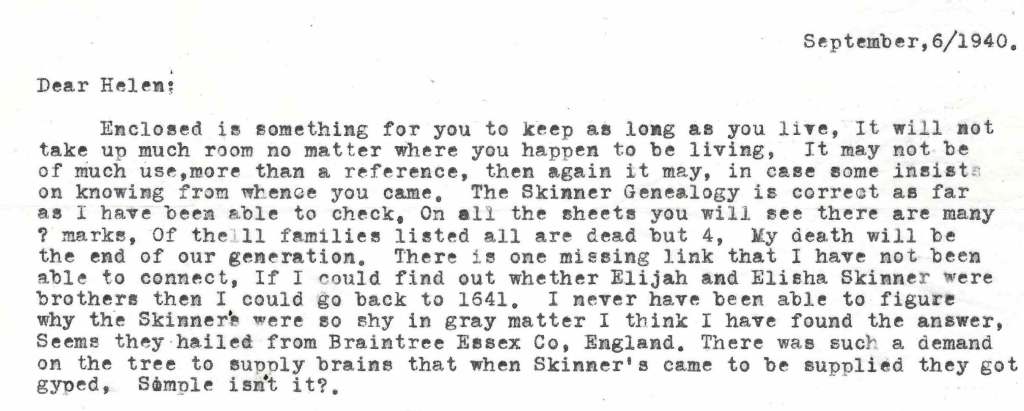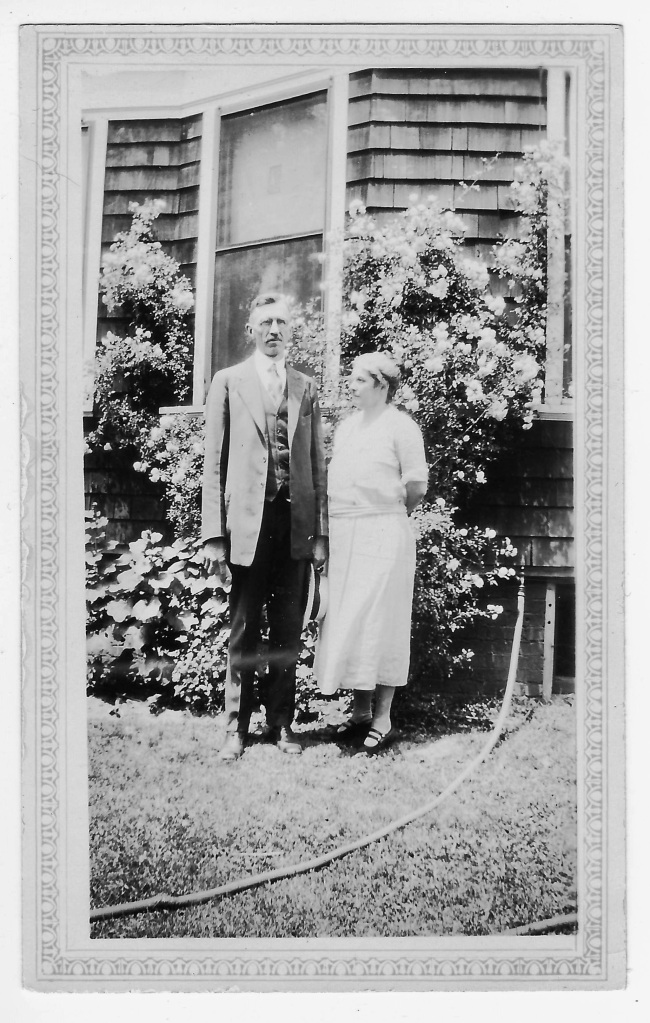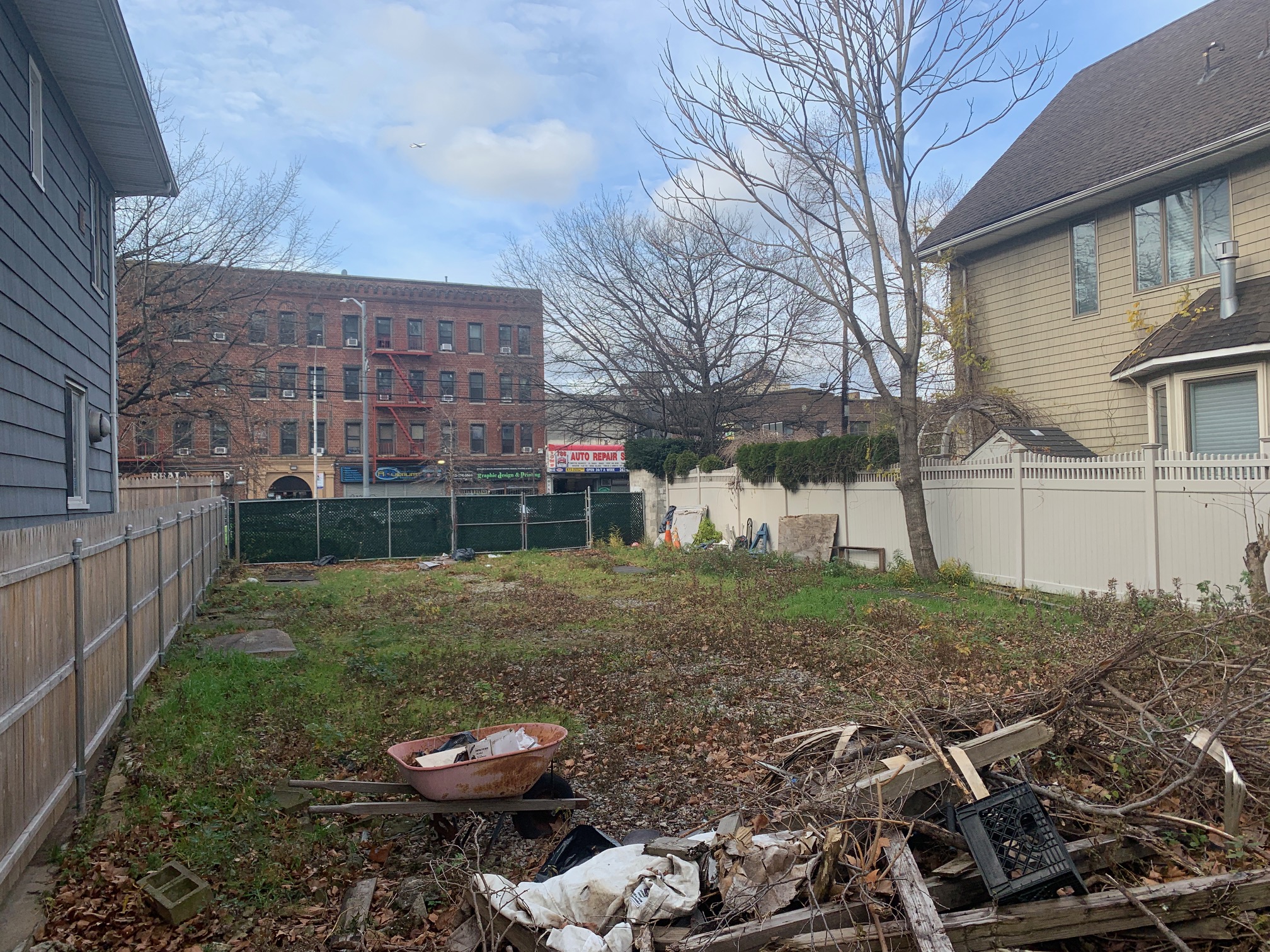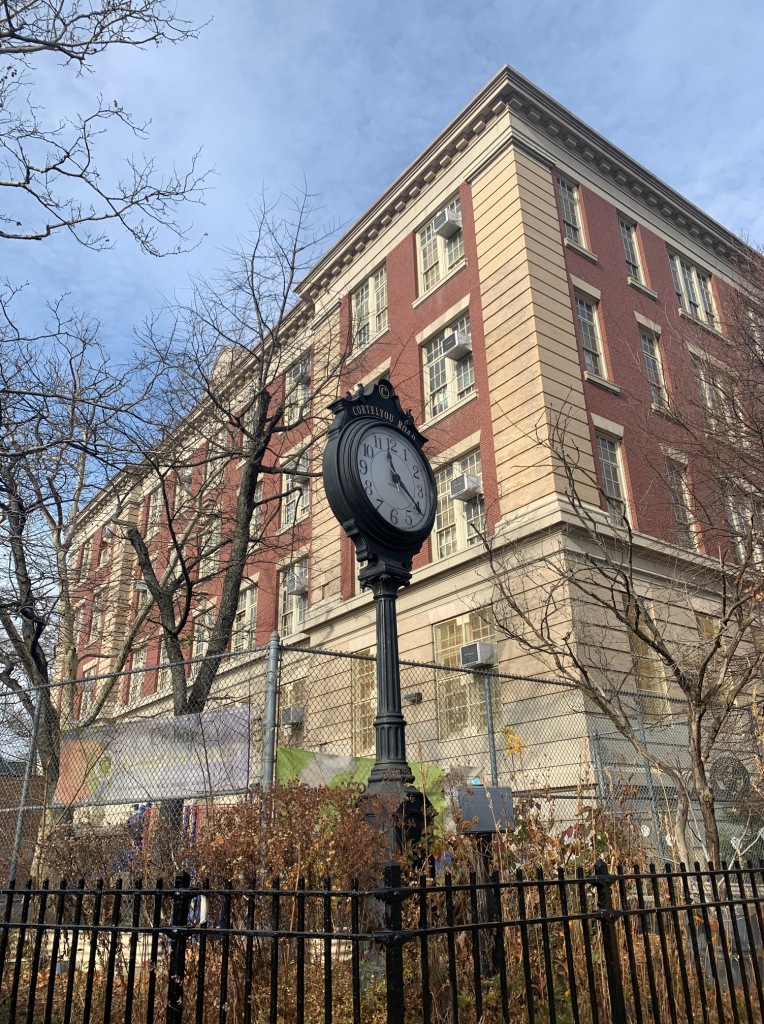I was wrapping up the ‘The Early Years’ section, with Helen exiting the U.S. for the first time in the early 1930s to voyage around Central America, but then two things happened. One Google thing, and the other a weekend upstate where Helen was born and spent summers.
Posture Parades
While Googling schools where Helen taught, I found a write up by her in a yearbook online. It declares, “Miss Helen Skinner, Director of Physical Education, Gulf Port College, Gulfport, writes, ‘Sailing, canoeing, surfboard riding, boat trips to Ship Island for swims in the surf, bicycle trips, long walks on the sea wall, picnics on the beach, moonlight horseback rides — these are some of the activities that make the Athletic Association at Gulf Park one of the most popular and important organizations on the campus. We are proud of our 100 per cent attendance…at our third Annual All-School Play Day…competition was keen and colorful in tennis, golf driving, ping-pong, deck tennis, horseshoe pitching, posture parade.’*
*Posture parade!
The below looks like she is dressed for one of those moonlight horseback rides, no?

A Field Trip, a Binder Full of Family, & the 13 Colonies
Charlton, New York, where Helen spent summers, have an historical society. I messaged them on Facebook. They wrote back, saying they would look into the names I mentioned.
I wrote again about a month later when I was planning a trip, asking if I could say hi. Unbeknownst to me, they had been digging deep into the families and had surfaced with a boat load of facts and connections going all the way back to Braintree, England in the 1500s. And found that the Skinners were settlers in the first 13 colonies.
They researched, typed, scanned, organized, printed, and presented it in a binder. It has copies of census records, wills, cemetery plots, inventories, property records, bibles, birth records, death records, etc. Thank you to Erin Miller at the Charlton Historical Society!

From the binder, in short… back in Braintree, England, in 1560ish, William Skinner worked as a yeoman (either the owner of a small amount of land or a high ranking servant). A generation or so later, the Skinners traveled across the Atlantic to live in the new Connecticut Colony (one of the 13 founding ones). John Skinner is a FOUNDER of Hartford, CT. He is even buried in the Ancient Burying Ground in Hartford. And a relative from a subsequent generation has a headstone there that’s still legible.
The Skinners moved to Upstate New York in the mid-1700s and stayed until 1904 (at least Helen’s family line) when they moved to Manhattan.
Behold this:

In Charlton, I toured an old one room school house and church that has been turned into a museum with many items from around the time Helen was growing up. Below are two of the transportation options.


The Old Scotch Church is where Helen was made to go on Sundays. The church there now isn’t the original, due to fires, but we can pretend it is. The church is where she pilfered candies in the summer with her cousin Betty back in and around 1910. There’s a vivid description of their time at the church by a relative here.


There’s a cemetery catty corner from it filled with family names. Helen’s parents, Frank and Gertrude are buried side by side. See below.



Above are the gravestones of Helen’s parents. Though they moved from upstate to Manhattan to Brooklyn to New Jersey, here they are together near where they met.
The Skinner house is no longer, and the Mead house (where summers were spent) couldn’t be found.
Many thanks once again to Erin at the Charlton Historical Society!
Now we jump ahead to when Helen takes a break from Posture Parades to country-hop around the Caribbean and Central America.





